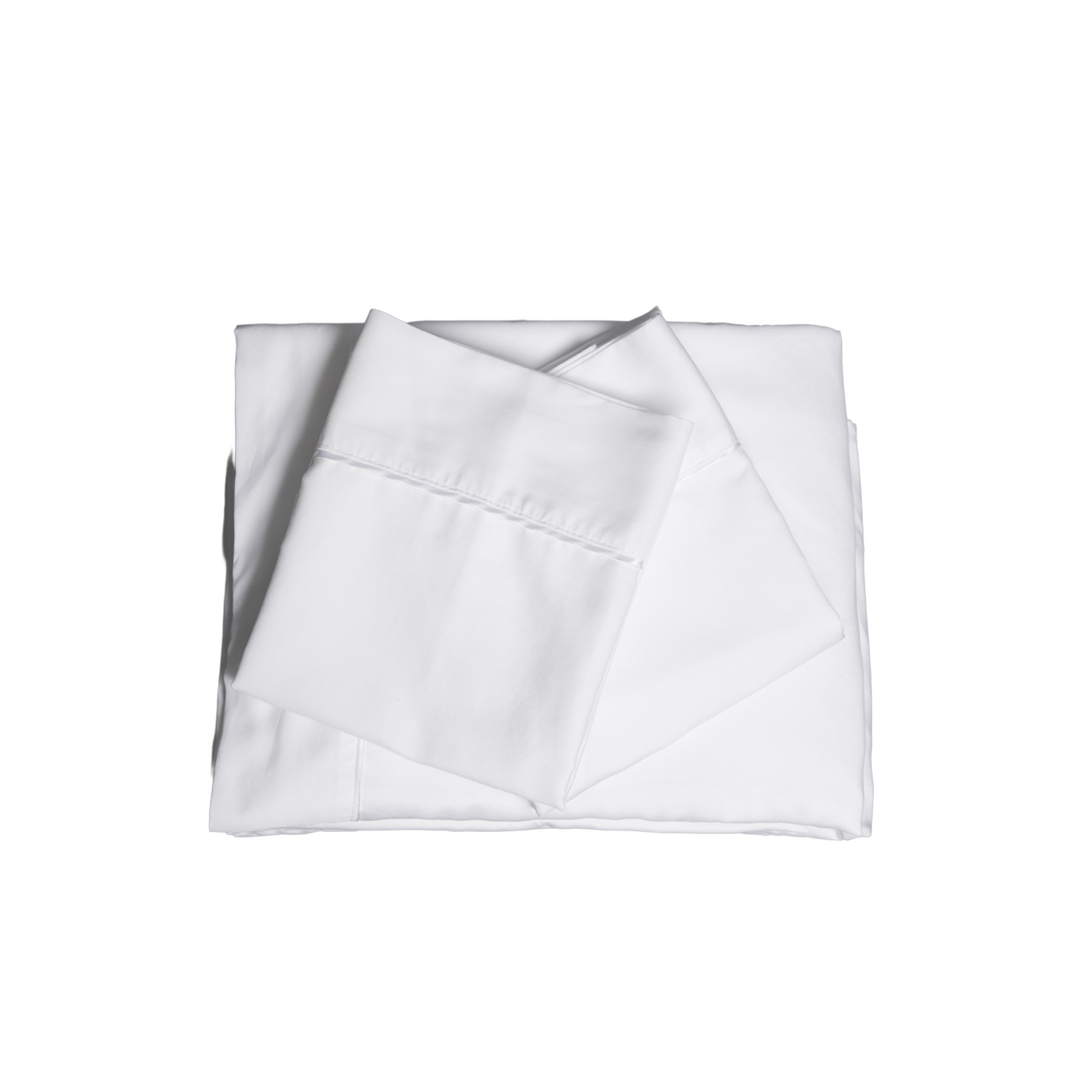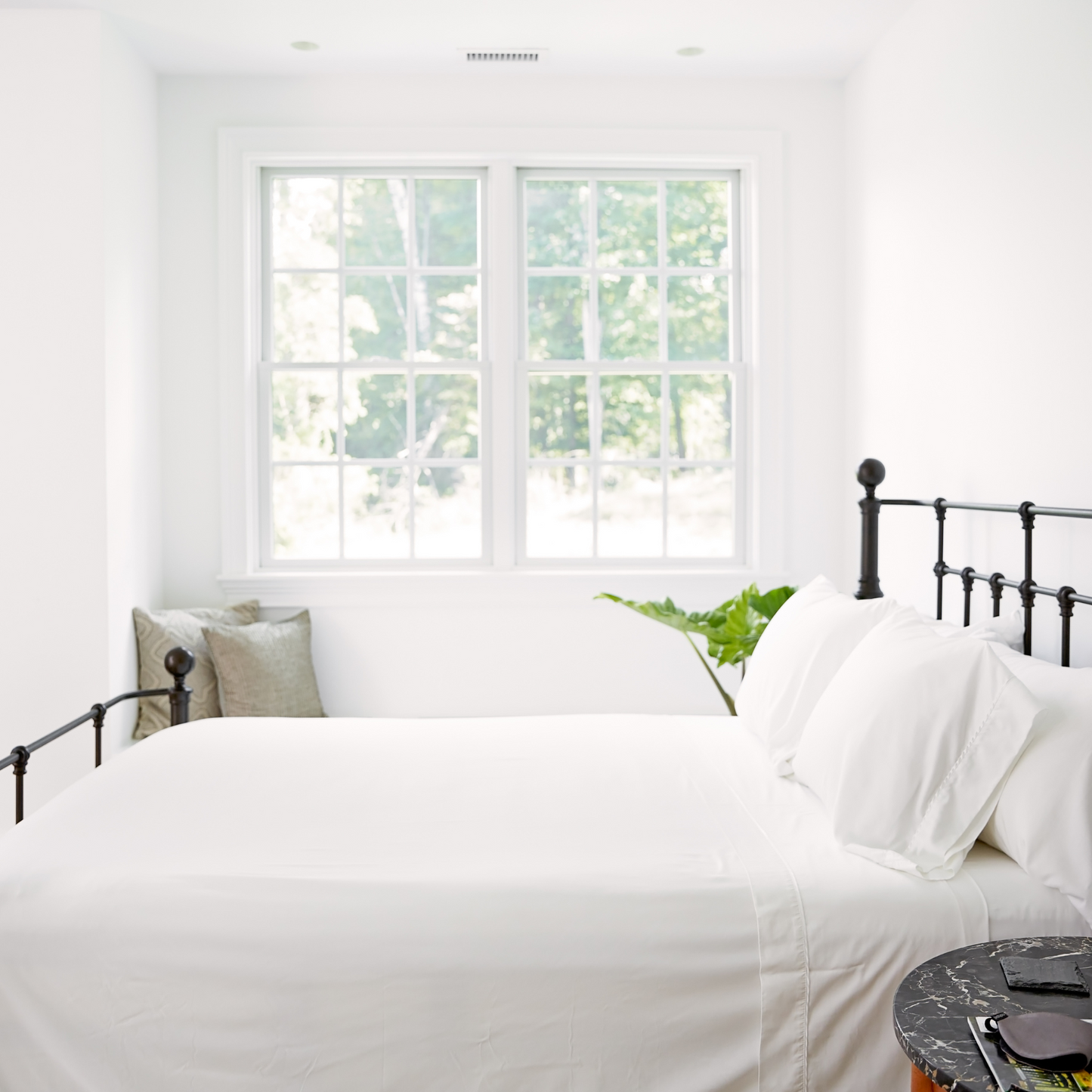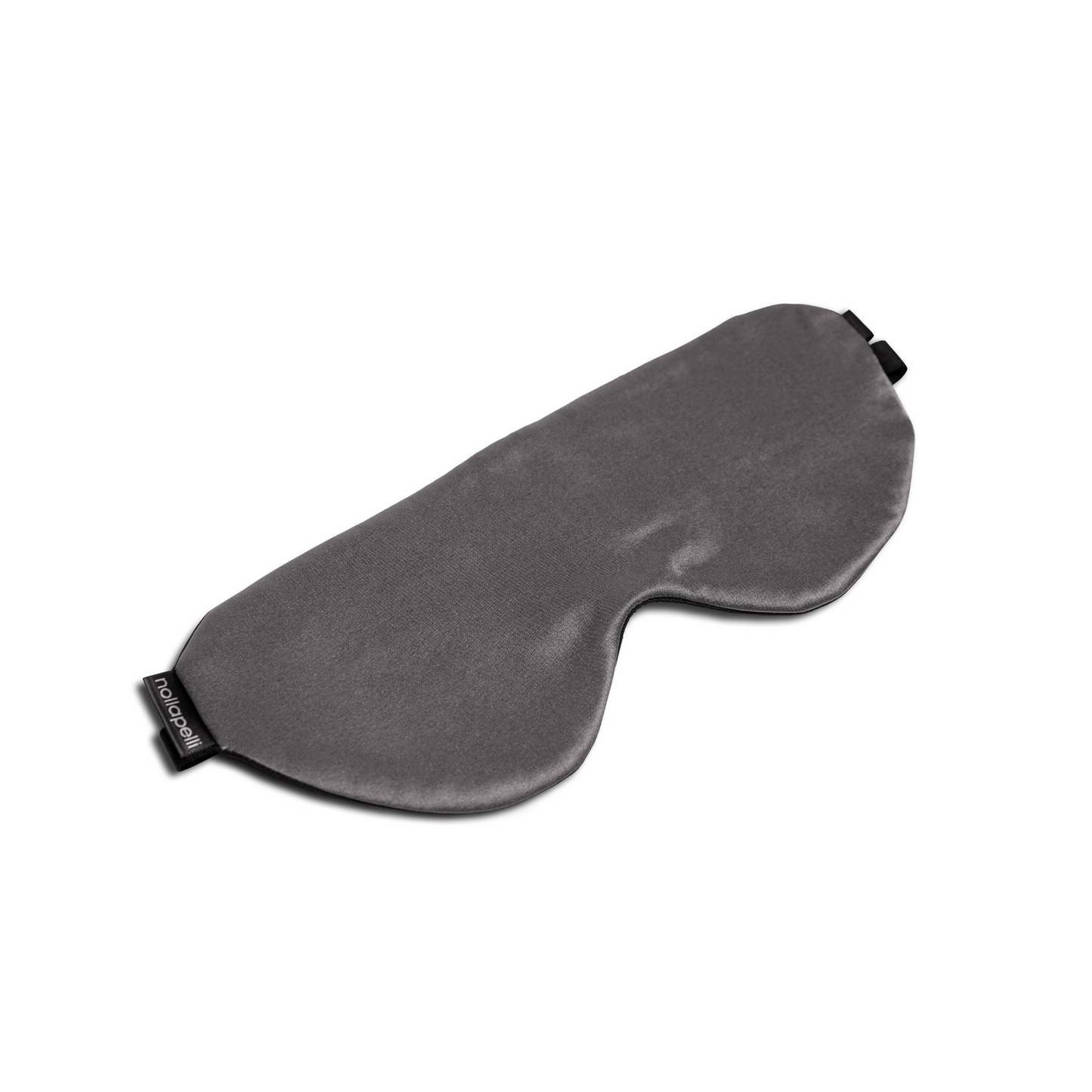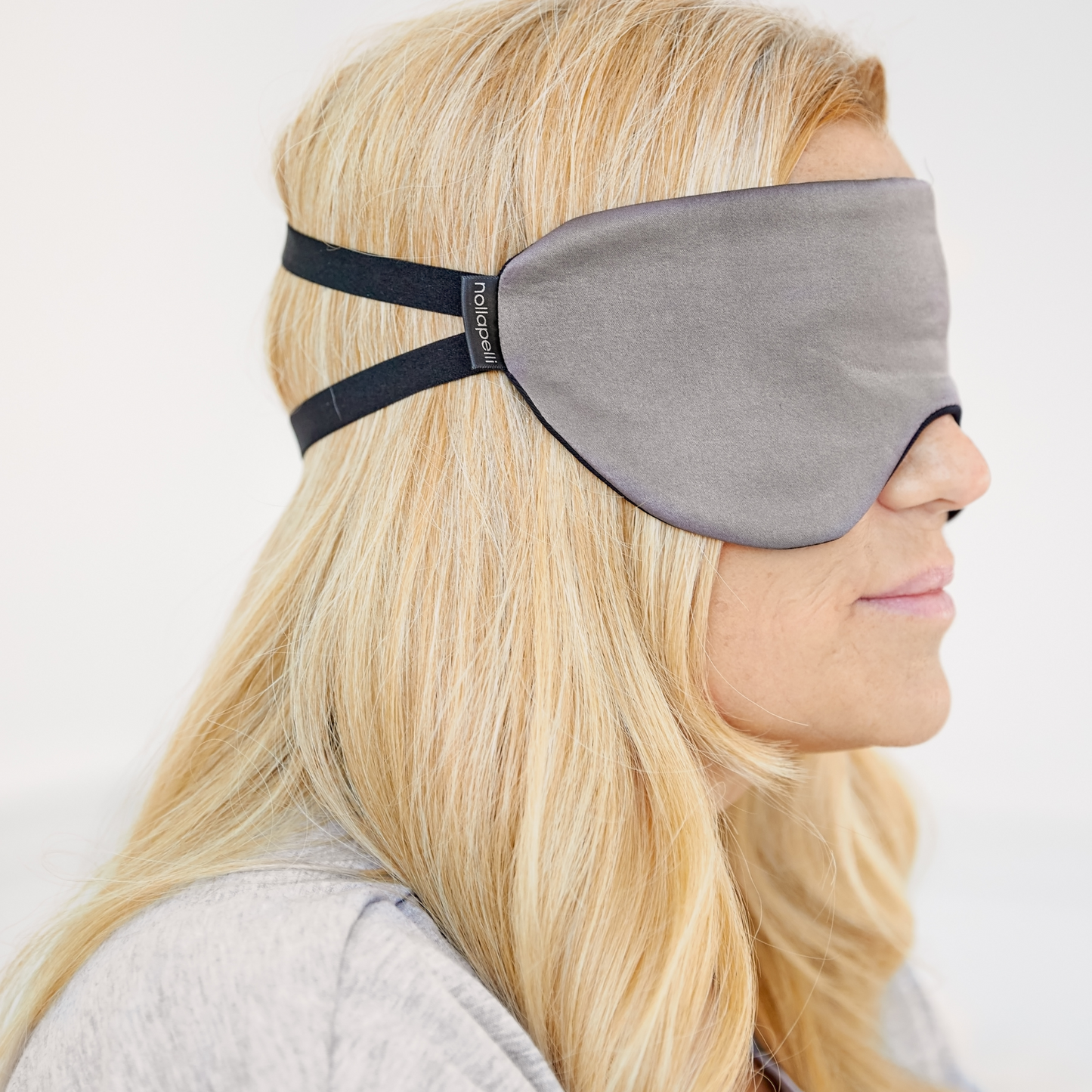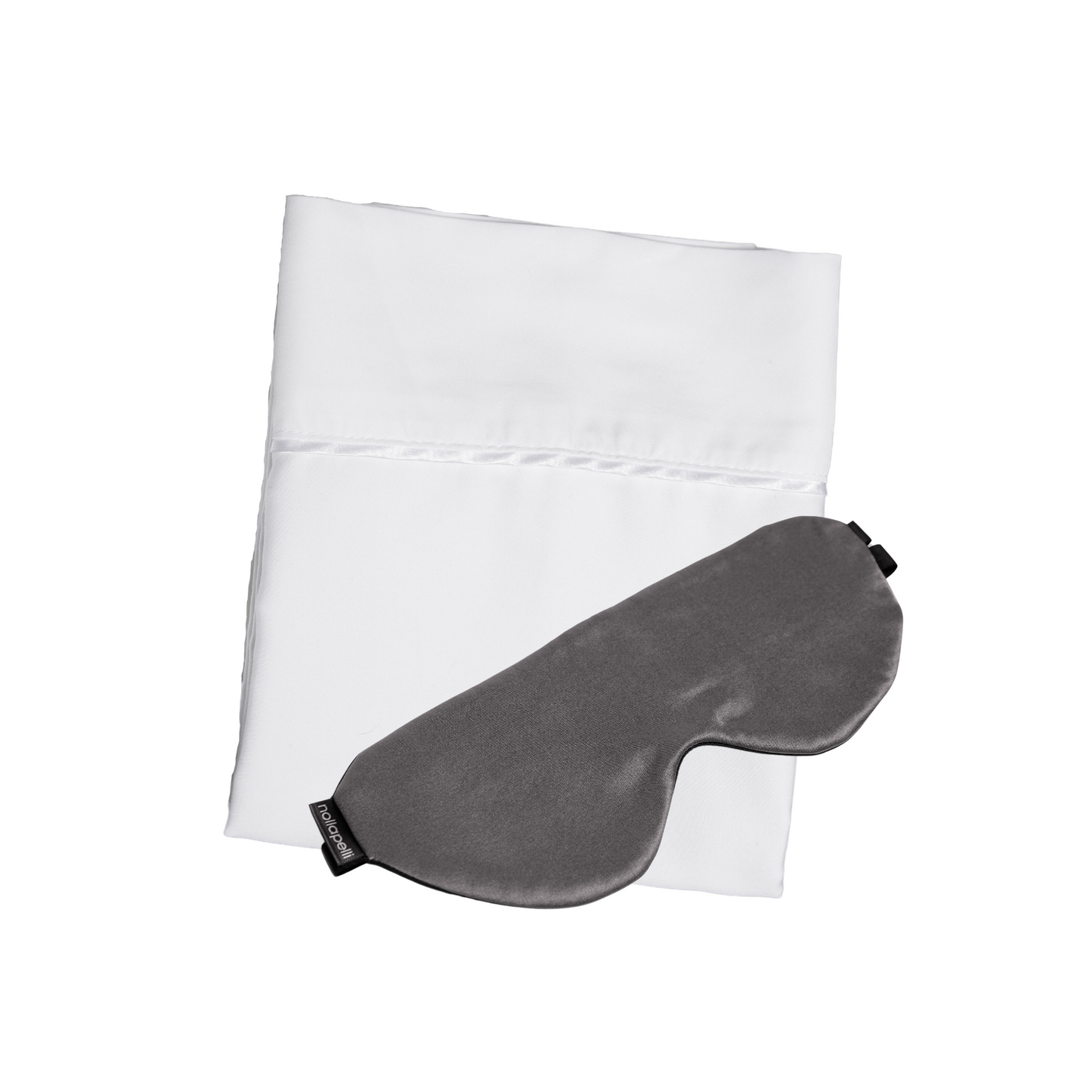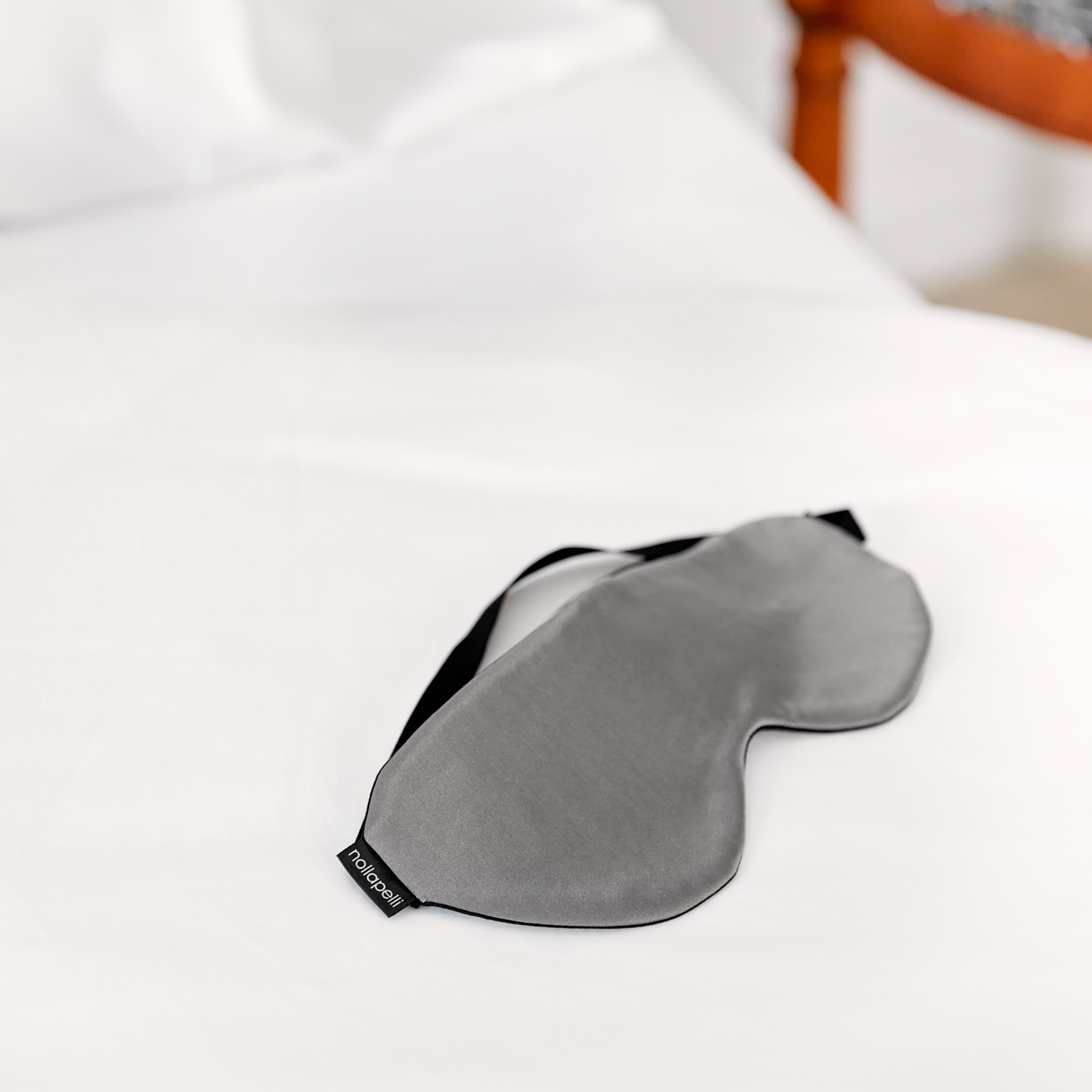
There’s a widespread belief that those who wake up early are more productive and more successful than those who get a later start to their day. In fact, society forces us to be morning people in some ways, for example, children start school by 8 AM from elementary to high school and a typical work day for adults starts at 9 AM. But did you know that as humans we have a biological predisposition to be a morning person, an evening person, or somewhere in between? This is what is known as a chronotype. Identifying your chronotype will not only have a positive impact on your sleep (as will our sheet sets) but also your productivity. So if you’ve ever felt lazy or like an outcast because your day starts and runs a little later than others, read on to learn more about sleep chronotypes and how small shifts in your schedule can greatly improve your productivity.
What is a sleep chronotype?
A person's chronotype is the propensity for the individual to sleep at a particular time during a 24-hour period. It is based on your circadian rhythm, the internal clock that your brain uses to control your sleep/wake cycle. According to sleep expert and The Power of When author Dr. Michael Breus, we each have a unique chronotype that determines our most energetic times of day. It was while Dr. Breus was working with insomnia patients that he observed how everyone’s circadian rhythm is slightly different. From his observations, he identified four different chronotypes. When Dr. Breus made adjustments to his patients’ daily routines to better fit their sleep chronotype, their productivity improved and several sleep issues resolved.
Identifying your sleep chronotype.
While there are several different classification systems for sleep chronotypes, Dr. Breus’ is one of the most popular. Dr. Breus associated each of the four different chronotypes with an animal whose sleep-wake habits best mirrored them. So which of the following chronotypes best describes you?
Bear

The majority of people fall into the bear chronotype category. Real bears have sleep-wake patterns that follow the sun and they have no difficulty sleeping. Bears are most productive in the middle of the morning, but they have a dip in energy mid-afternoon. Those that fit the bear chronotype are typically fun-loving, outgoing people.
Lion

About 15 to 20 percent of the population fall into the lion chronotype category. Real lions are morning hunters at the top of the food chain. The lion chronotype describes the type of person that follows the proverb “early to bed early to rise”. Lions are the morning-oriented driven optimists, the leaders, and those with a type-A personality. Lions are most productive in the early morning and productivity tends to dwindle as the day goes on.
Wolf

About 15 to 20 percent of the population fall into the wolf chronotype category. Real wolves are nocturnal hunters. Thus, the wolf chronotype fits those that get a later start to their day and have no problem staying up into the late hours of the night. The wolf chronotype tends to fit creatives, such as writers and artists, or anyone who finds that they are most productive once the sun goes down.
Dolphin

Only 10 percent of the population account for the dolphin chronotype category. Real dolphins sleep with only half their brain at a time, which is why they’re called unihemispheric sleepers. The other half is awake and alert, concentrating on swimming and looking for predators. The dolphin chronotype fits insomniacs well: intelligent, neurotic light sleepers with a low sleep drive. Dolphins do their best work from mid-morning through early afternoon.
Identify your sleep chronotype to improve productivity.
Identifying your chronotype not only improves your sleep, but can also help to improve productivity. According to Daniel H. Pink's book When: The Scientific Secrets of Perfect Timing, we should schedule certain types of tasks based on our energy levels throughout the day. For example, the time when your energy levels are highest according to your chronotype is the best time to schedule analytical tasks. Moreover, the time of day when your energy levels dip low and you become easily distracted is actually the best time for creative tasks. According to Pink, creativity thrives when we're more easily distracted because distractions actually help us make connections we might not have made if we were highly focused. With this understanding, you can schedule tasks according to your chronotype and maximize your productivity. Combine this method with a restful night spent on our soft sheets, and you’ll be happy and productive around the clock.

